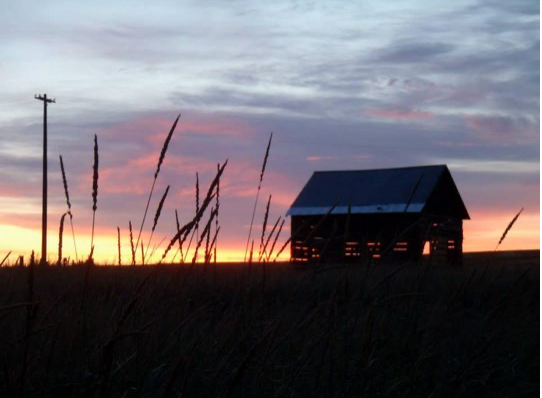Battle of Walla Walla
——————————————————————————————————–
The longest Indian battle in the history of Washington Territory was fought here in 1855, from the 7th to the 10th of December. The Battle of Walla Walla at Frenchtown involved approximately 350 Oregon Mounted Volunteers and an estimated thousand Walla Walla, Cayuse, Palouse and Yakama warriors. Walla Walla Chief Peopeomoxmox and others on both sides were killed during the fighting. After four days, with the Volunteers running low on ammunition, reinforcements arrived from Fort Henrietta and the Indians withdrew.
The conflict that took place here followed a running battle that started at the mouth of the Touchet River, nine miles west of the Frenchtown site. The fighting took place in cold, snowy weather and encompassed the flat, the trees along the river, and the rolling hills. A central point was the cabin of Joseph Larocque and his wife Lizette Walla Walla, located where the farm buildings are now just below and to the west of the Frenchtown site. The out-numbered and ill-equipped Volunteers took refuge and set up their field headquarters and hospital there, which they enclosed in a stockade they called Fort Bennett. The main battlefield was located between the Larocque cabin and the cabin of Louis Tellier and Angelique Pendoreille, a mile east of the site. The Tellier cabin changed hands several times, sometimes being occupied by the Indians, sometimes by the Volunteers. Also known as The Battle of Frenchtown, it became a four-day stand-off.
The battle at Frenchtown was part of a larger war which broke out in September of 1855. The Walla Walla Treaty Council held in May and June of that year provided for reservations for tribes of the region, and ceded the majority of their tribal lands to the United States. Immediately after the Treaty Council and long before the treaties were ratified by Congress, miners and squatters began occupying tribal lands. The tribes resisted and tried to protect their property and livestock. Members of the Walla Walla tribe had raided the Fort Walla Walla trading post at Wallula, and their chief Peopeomoxmox had reportedly vowed to kill Governor Isaac Stevens on his return from a council with the Blackfeet.
In response to a call from U.S. Army Major Gabriel Rains, Oregon Mounted Volunteers marched from the Willamette Valley and established Fort Henrietta on the Umatilla River. After inspecting the abandoned Fort Walla Walla trading post, they marched towards the Touchet River to punish the Walla Wallas. Chief Peopeomoxmox met them under a white flag of truce and at their insistence became their hostage to prevent an immediate attack on his village. When the Volunteers returned to the Walla Walla River and started up the valley to establish a winter camp at the old Whitman Mission, the battle began. Peopeomoxmox and four other hostages were killed while in captivity by the Volunteers at the Larocque cabin during the first day of the battle. The Chief’s body was mutilated and dismembered.
The larger conflict known as the Yakama War finally ended in 1858 following an aggressive campaign by the U.S. Army under Colonel George Wright. In 1859, Congress ratified the three treaties signed in Walla Walla resulting in the Yakama, Nez Perce, and Umatilla reservations and officially opening the rest of the region to white settlement.
More information about the Battle and the Treaty Council is available at Tamastslikt Cultural Institute. Click here for first-hand accounts of the Battle of Walla Walla given by Oregon Mounted Voluteers compiled by local farmer and vocational historian Steve Plucker. Click here for excerpts from an account of the Battle and events leading up to it by Col. Gilbert in his 1882 Historic Sketches of Walla Walla County.
Click on the link for a larger version of this map.

